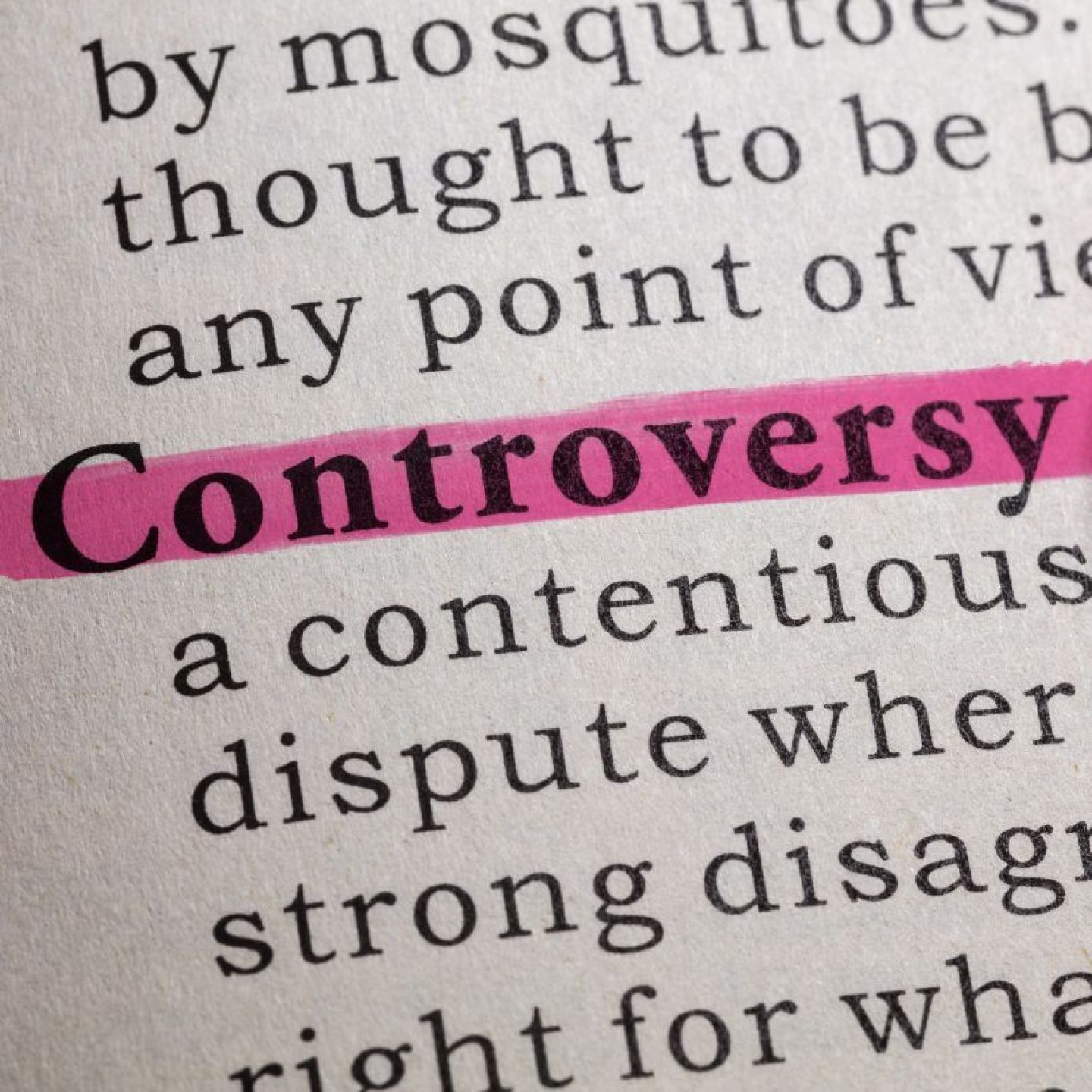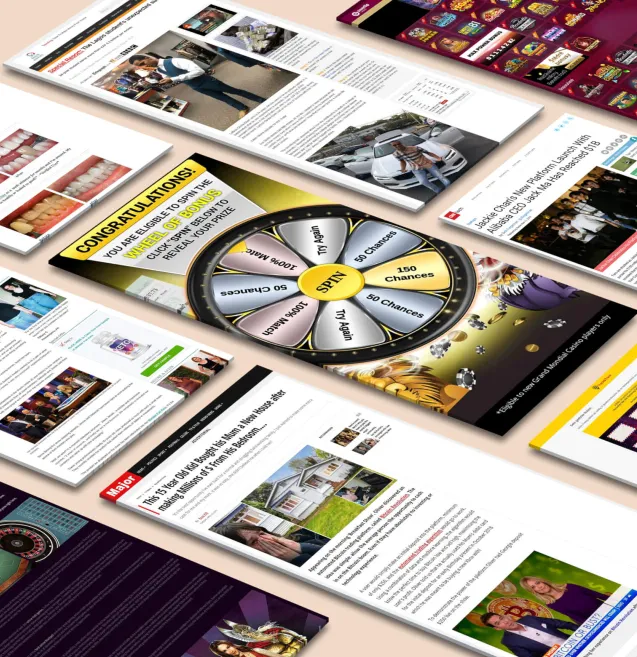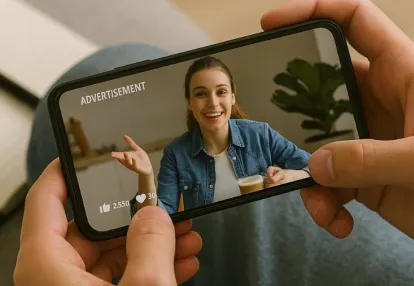
Our spy tools monitor millions of TikTok ads from over 55+ countries. Biggest TikTok Ad Library in E-commerce and Mobile Apps!
Try It FREEIn 2023, a significant change shook up the world of social media when TikTok became embroiled in a major advertising scandal. Known for its viral dance trends and short-form entertainment, the platform became the epicenter of what would turn out to be one of the biggest digital marketing scandals of the year.
The numbers tell a troubling story: $1.2 billion lost to social media fraud in 2022 alone, with TikTok emerging as a key battleground for misleading advertising practices. This wasn't just another minor issue with social media - it represented a serious breakdown in trust between platforms, advertisers, and users.
You might wonder why this particular controversy matters so much. Here's the reality:
The implications stretch far beyond TikTok's borders, touching every corner of the digital marketing ecosystem. For brands, it's a wake-up call about the true cost of advertising integrity. For you, the user, it's a crucial reminder that not everything that glitters on your social feed is gold.
This controversy doesn't just highlight a problem specific to TikTok - it reveals an urgent need for digital literacy in an age where distinguishing truth from fiction has become increasingly challenging.
Social media advertising reached unprecedented levels of deception in 2023, with TikTok emerging as a prime platform for fraudulent practices. The platform's rapid-fire content delivery system created perfect conditions for misleading ads to flourish, catching many users off guard.
The rise in deceptive advertising takes various forms on TikTok:
These practices have created a challenging landscape for users to navigate. Recent data from the Internet Crime Complaint Center reveals that social media users aged 18-24 face the highest risk of falling victim to deceptive ads, with an average loss of $350 per incident.
The sophistication of these scams has evolved significantly. Fraudsters now use AI-generated content, deepfake technology, and sophisticated targeting algorithms to make their deceptive ads appear more credible. TikTok's internal reports indicate a 312% surge in removed fraudulent ads compared to previous years, highlighting the growing scale of this issue.
A prime example of deceptive advertising on TikTok emerged in late 2023 with the "Miracle Weight Loss Pen" campaign. This viral ad claimed to offer instant weight reduction through a simple pen-like device that users could press against specific body points.
The ad featured seemingly authentic before-and-after transformations, garnering over 50 million views and generating $3.2 million in sales within just two weeks. The creators employed several sophisticated deception techniques, reminiscent of strategies used in successful campaigns that can be analyzed and replicated for legitimate business purposes:
The hoax unraveled when multiple users reported adverse effects and independent testing revealed the device contained nothing but colored water. TikTok's investigation uncovered a network of 2,300 bot accounts and coordinated posting patterns designed to manipulate the platform's algorithm.
This incident raised questions about the legitimacy of TikTok ad clicks, prompting TikTok to implement stricter verification processes for health-related products. The scandal also led to a 23% drop in consumer trust for wellness advertisements on the platform. The FBI estimates that approximately 127,000 users fell victim to this single scam, with an average loss of $89 per person.
In 2023, the Federal Trade Commission (FTC) launched a wide-ranging investigation into social media advertising practices. They demanded detailed information from TikTok and other major platforms about how they monitor ads.
The FTC's direct orders required platforms to:
The FTC's investigation revealed critical gaps in platform oversight. TikTok's automated screening systems, which include the use of TikTok bots, failed to catch sophisticated fraud schemes. As a result, deceptive ads were able to reach millions of users before manual reviews could step in.
Regulatory bodies face significant challenges in this digital battleground:
The FTC has recently taken several enforcement actions, including:
These measures indicate a shift towards holding platforms more accountable for their advertising practices. However, the ongoing battle between regulators and fraudsters continues to escalate in the digital space.
Digital literacy is your first line of defense against deceptive TikTok advertisements. You can protect yourself by learning these critical warning signs of fake ads:
Smart verification practices help you validate ad authenticity:
Building your digital literacy skills enables you to spot manipulation techniques in TikTok ads:
You gain confidence in your purchasing decisions by developing these critical evaluation skills. Digital literacy education creates a safer social media environment where users can distinguish genuine content from deceptive marketing tactics.
The TikTok ad controversy serves as a wake-up call for the digital marketing landscape. With $84 billion lost to ad fraud in 2023, the stakes have never been higher for both consumers and advertisers. The battle against deceptive practices demands a united front - platforms must strengthen their verification processes, advertisers need to prioritize transparency, and users must stay vigilant.
The question "Fame or Fraud?" will continue to challenge our social media experiences. Your power as a consumer lies in staying informed, questioning suspicious claims, and reporting fraudulent content. By raising industry standards and fostering digital literacy, we can build a safer, more trustworthy social media advertising ecosystem for future generations.
Take action today:
Receive top converting landing pages in your inbox every week from us.
Must Read
User-generated content (UGC) is transforming the way brands connect with audiences through InStream ads. Learn how authentic, user-driven videos build trust, engagement, and stronger emotional connections. Discover best practices for integrating UGC seamlessly into your ad strategy to boost credibility and conversions. Ideal for marketers looking to create more genuine and relatable advertising experiences.
Rachel Thompson
7 minDec 12, 2025
Must Read
Short-form video ads are the key to grabbing attention in a fast-paced holiday market. Learn how to craft captivating, bite-sized videos that inspire action and boost conversions. Discover best practices for storytelling, platform selection, and creative optimization. Perfect for marketers aiming to engage holiday shoppers through dynamic, scroll-stopping content.
Rachel Thompson
7 minDec 4, 2025
Trending
Year-end campaigns don’t have to suffer from ad fatigue. Explore innovative ways to revive your marketing efforts with fresh creatives, updated messaging, and smarter targeting. Learn how to balance innovation with consistency to keep your audience engaged and conversions steady. Perfect for advertisers looking to finish the year with renewed energy and impactful results.
Dan Smith
7 minNov 27, 2025




